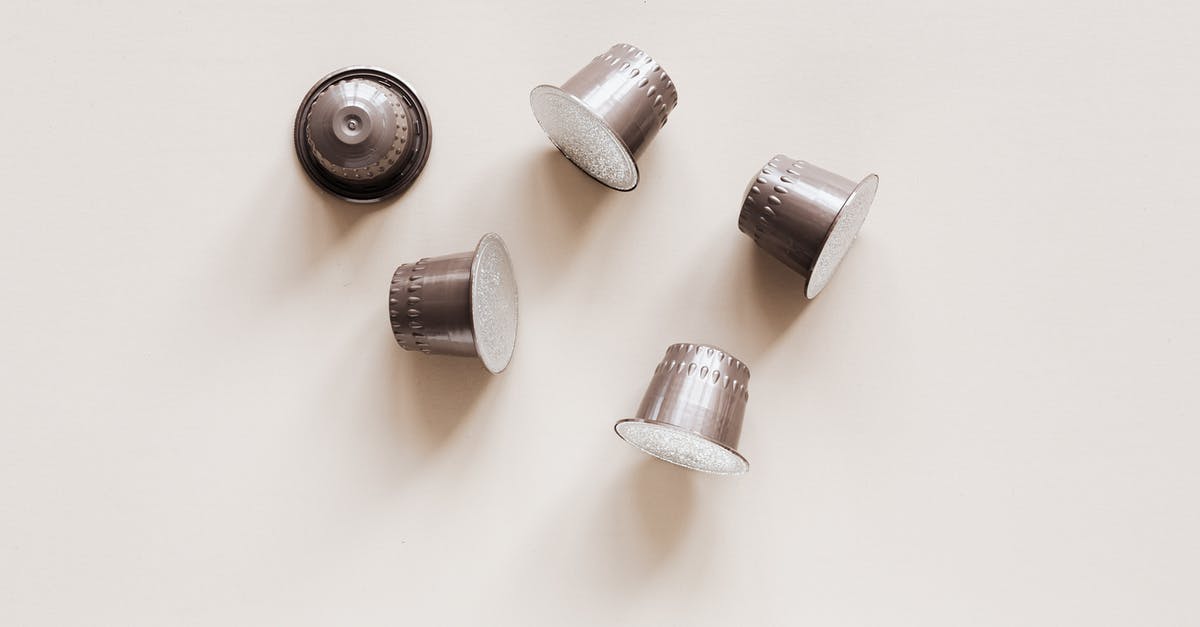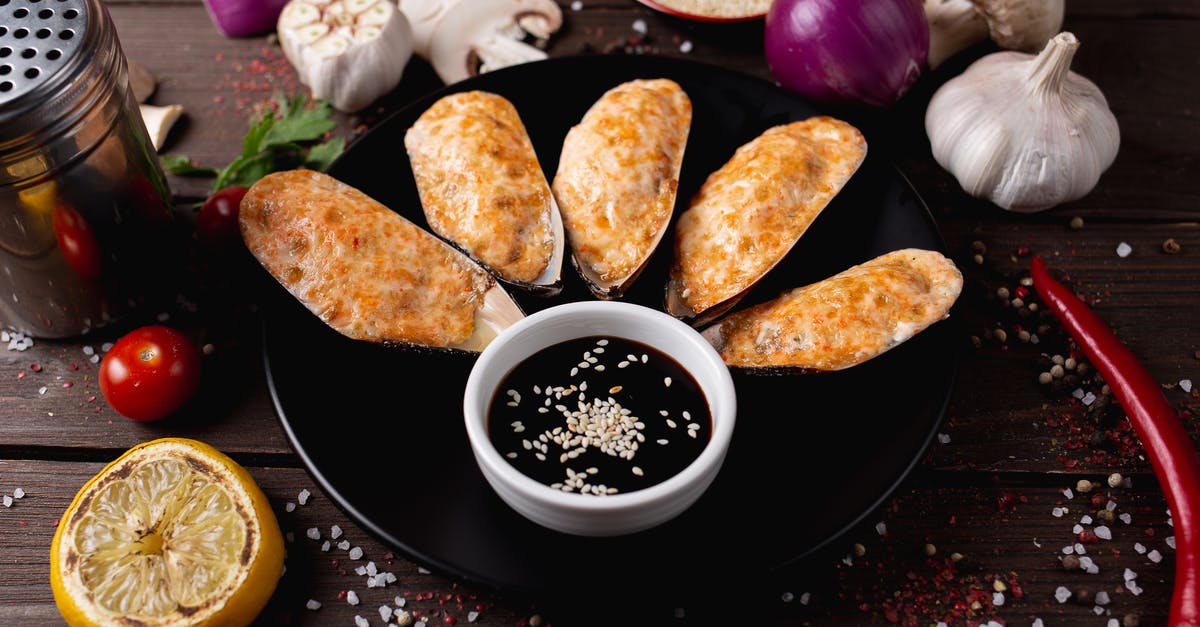How fine is "Fine Mesh" for removing lumps from custards?

Many recipes for custards and similar deserts like lemon curd suggest passing the completed custard through a "fine mesh strainer" to remove lumps. When looking up strainers and sifters I see a wide range of different mesh densities often characterized with a "mesh number" such as "60 Mesh" with higher numbers being smaller holes.
What would be an appropriate mesh number for a "fine mesh" strainer to smooth out custards?
At the moment I only have tea strainers and two different sized bowl shaped strainers with what I would consider "normal" density meshes.
Best Answer
From this website:
What does mesh size mean? Figuring out mesh sizes is simple. All you do is count the number of openings in a one US inch of screen. The number of openings is the mesh size. So a 4-mesh screen means there are four little squares across one linear inch of screen. A 100-mesh screen has 100 openings, and so on. As the number describing the mesh size increases, the size of the particles decreases. Higher numbers equal finer material. Mesh size is not a precise measurement of particle size.
For custards and other desserts where you're making sure you don't have lumps, the lumps are most often pieces of egg that have scrambled because of the heat. A 60 mesh strainer has 0.0098 inch sqaures that material can get through, which I believe would be plently to catch any bits of egg.
Pictures about "How fine is "Fine Mesh" for removing lumps from custards?"



Make Perfect Custards Every Time- Kitchen Conundrums with Thomas Joseph
Sources: Stack Exchange - This article follows the attribution requirements of Stack Exchange and is licensed under CC BY-SA 3.0.
Images: Karolina Grabowska, Blue Bird, Blue Bird, Nikita Krasnov
